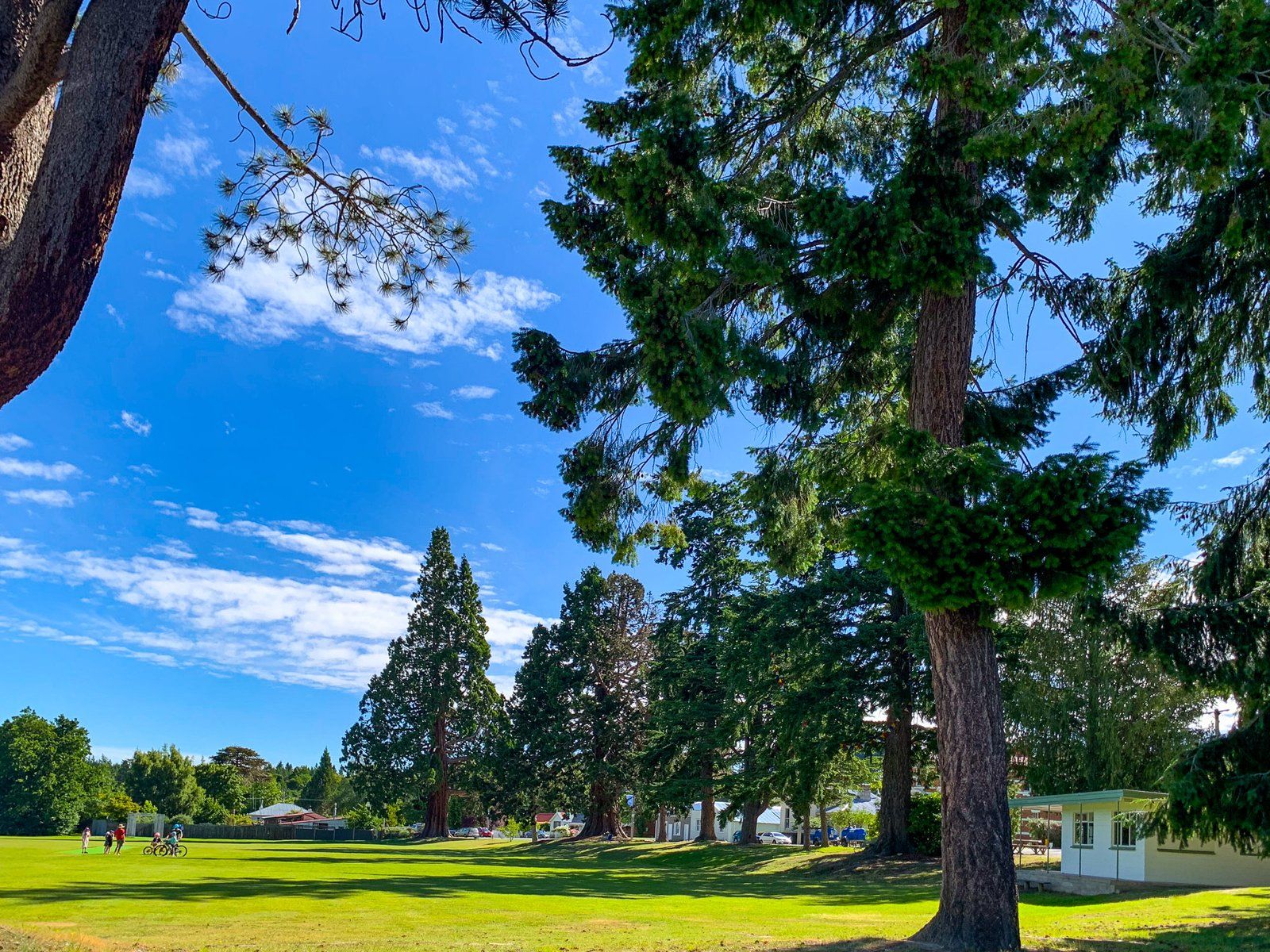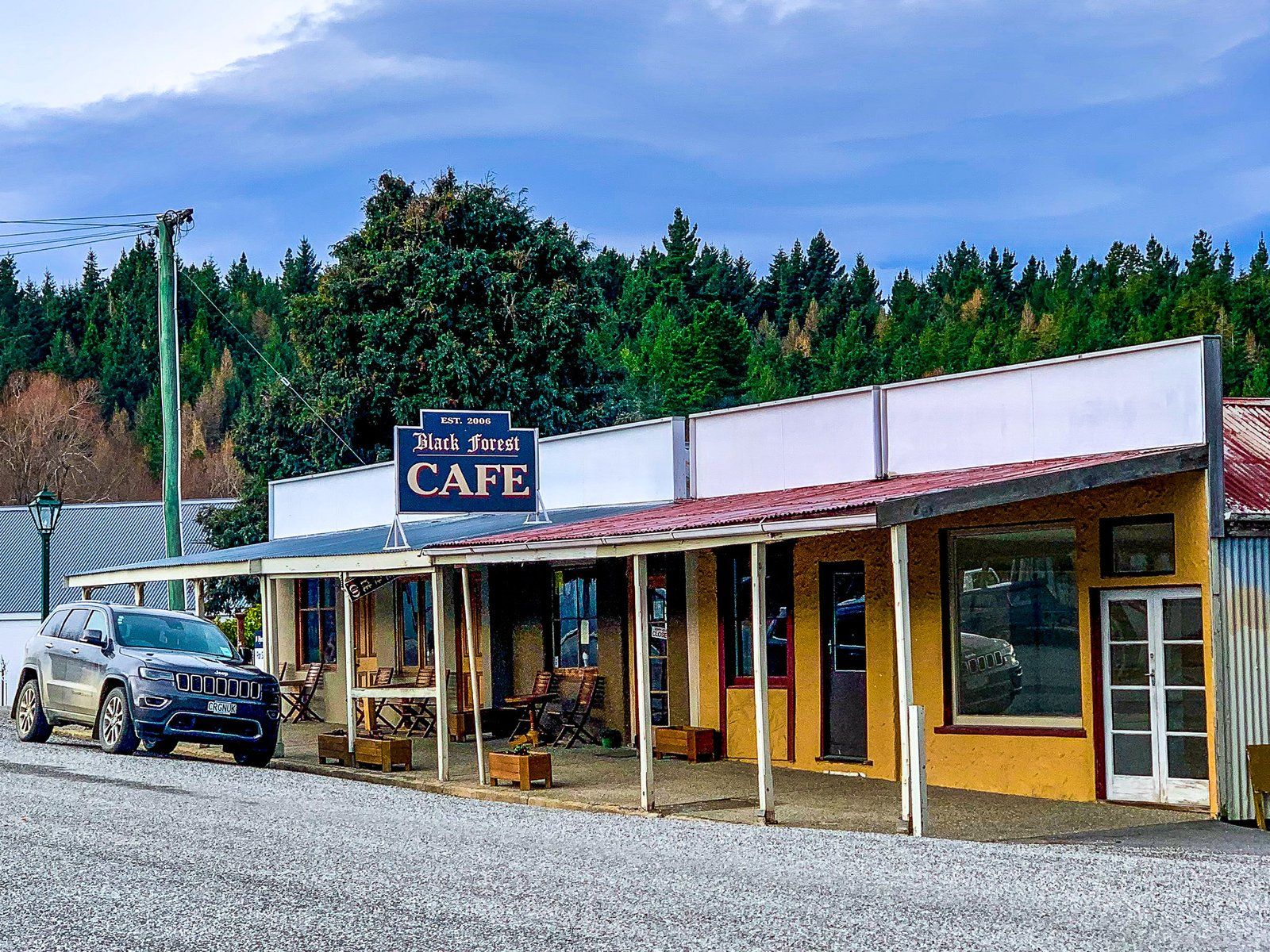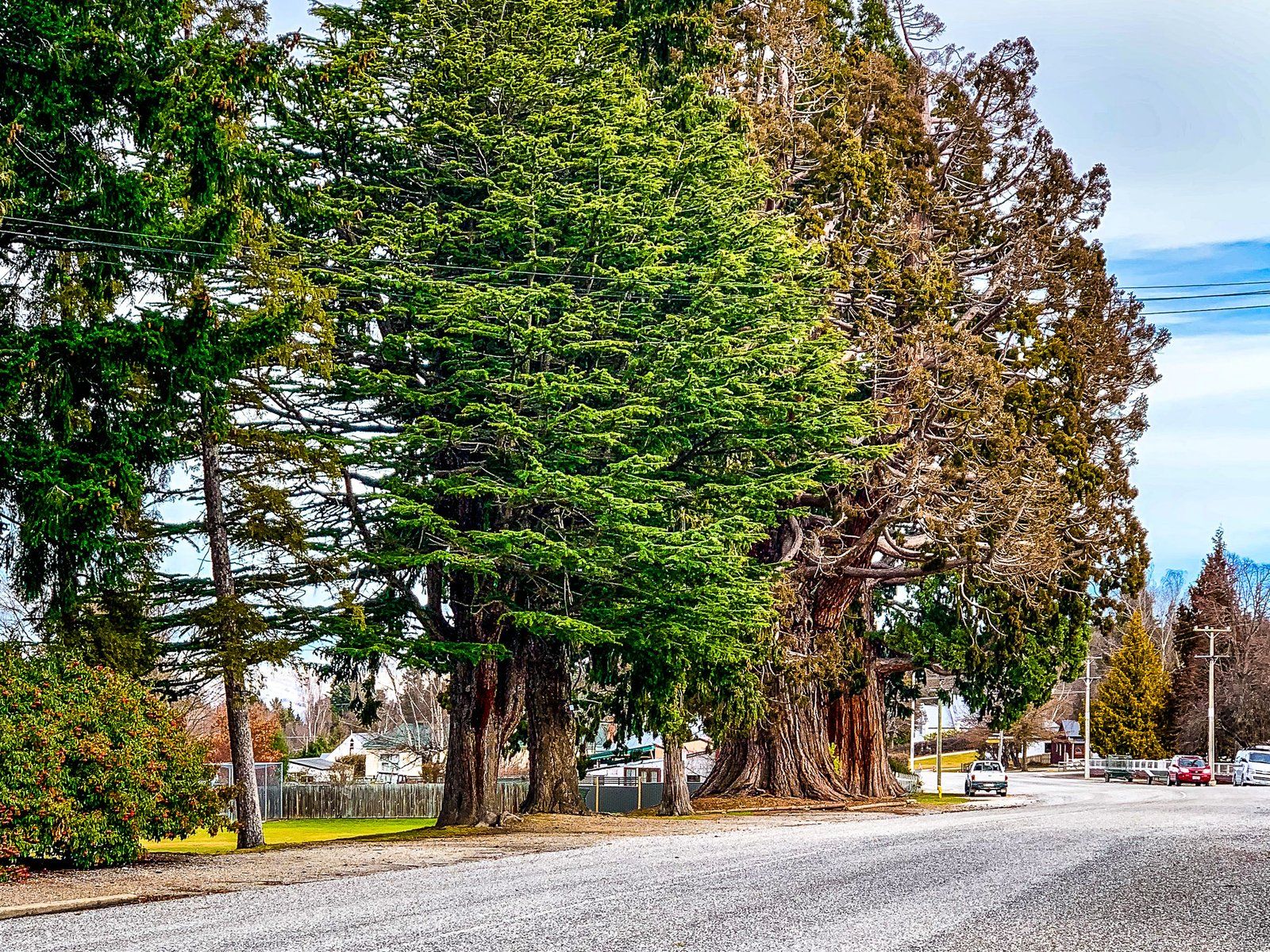Naseby is a small town in the Maniototo area of Central Otago. It is located north of Ranfurly below the Ida Range. It started with the gold rush of the 1860s when locals initially called it Parkers, then Hogburn, then Mt Ida before it ended up with its current name. It is now home to the exotic pine Naseby Forest.
Gold was initially discovered in the nearby Hog Burn in 1863, and much of the area south of the town was dug up, while the higher area to the north was developed with water races and reservoirs to support the mining. Gold was also found at nearby Kyeburn Diggings and as high as 1,200 metres on the side of Mount Buster. At its peak, the town had 4,000 miners, 18 stores, 14 hotels, two butchers, and a hospital. Today, there are around 100 or so full-time inhabitants.
Despite the shrinkage, the town has a significant reputation as a place to stay. It has several substantial buildings from the golden days, and, starting around 1900, residents planted Douglas Fir, Larch, and Corsican pine trees around the town, creating Naseby Forest. One even has a sign claiming it is the tallest Christmas tree in NZ. The forest has multiple biking and hiking trails, old reservoirs, and water races. In summer, the population swells to about 3,000 people.
By NZ standards, winter in the town is quite harsh. As a consequence, Naseby was also one of the few places where it was feasible to indulge in outdoor ice sports on the nearby reservoirs. This has evolved into a modern indoor curling facility and ice rink and is the centre of the sport in NZ.
As you drive into the town on the Ranfurly Naseby Road, you will see its tagline, “2,000 feet above worry level”. At 600 metres, it is the highest town in Central Otago.






